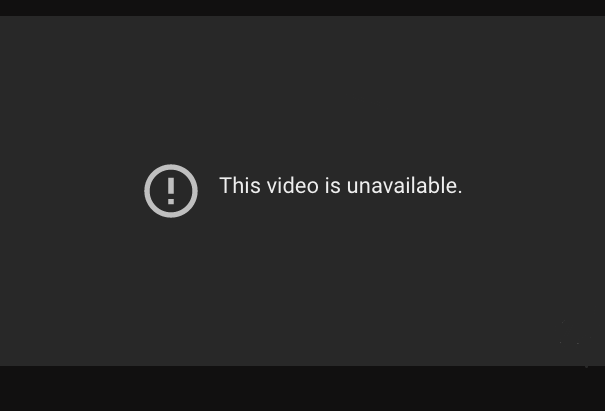Dexko Global
Double Lip Grease Seal 3.376" Od X 2.25" Id For E-Z Lube® 5,200-7,000-Lbs Hub And Hub-Drums
Business Customers can login to:
- See account pricing and available inventory
- Manage account invoices
Stock Notice
Not enough Inventory? Submit your email address and desired total quantity below, and we will notify you when stock arrives.
Alternate Item Numbers
7700073-01, 7700073-01
Shipping Info
| Package Weight | 0.1 Lbs |
|---|
Q: What are the likely causes for a recently installed seal to leak?
A: The most likely cause for a leaking seal is improper installation, contamination, or damage to the spindle or hub. The very best quality seal can leak if it is improperly installed, contaminated prior to installation, or if there is damage to its mating surface.
Q: What is the primary difference between a standard lip seal and a unitized oil bath seal?
A: A standard lip seal is a one-piece seal generally used in grease-lubricated axles. An oil bath seal is a multi-piece/unitized seal generally used for oil-lubricated axles. Grease hubs are generally used in trailers that will sit for long periods of time without use. Oil lubrication is best suited for trailers that will be used on a regular basis.
Q: Should the seal be lubricated prior to installation?
A: Yes. Before installation, the rubber seal lips and axle spindle shaft should be pre-coated with a layer of grease across the surface to ensure the seal lip does not run dry. Make sure the seal outside diameter and hub bore are free from contamination and lubricants to ensure retention of seal in hub. Lubricating the shaft is not necessary or desired for unitized oil bath seals.
Q: How do I properly install a seal?
A: Prior to installation, inspect all mating components to ensure they are free from defects, nicks, and burrs that could damage the new seal. It is critical that the seal is aligned properly and the seal lip is not damaged when installing onto the shaft. The seal lip should be adequately lubricated to prevent a dry-running condition. Lubrication of the seal lip can best be accomplished by lightly wiping grease onto the seal lip surface.
Q: I purchased a seal with a blue coating on the outside diameter of the seal shaft. What is the blue coating?
A: The coating is a DuPont Vamac®-based elastomeric coating. It is designed to help seal any minor inconsistencies in the hub’s bore.
Q: What is the function of multiple seal lips and the radial spring band of a spring-loaded double lip seal?
A: A trailer axle seal generally has two lips: a primary spring-loaded lip and a dust lip. The primary lip is usually positioned towards the grease or oil to be sealed (internal to the axle) and prevents grease and oil from escaping. The dust lip prevents environmental contamination from contacting and damaging the primary lip. The spring provides consistent radial tension on the seal lip to help maintain seal/shaft contact when the hub/axle is rotating.
Q: What materials are commonly used in the manufacturing of trailer seals?
A: Metal components including the seal case and spring are generally made from carbon steel, but stainless steel can also be used. Nitrile rubber (NBR) is the most common type of rubber used in seals. NBR provides outstanding grease and oil resistance and its operating temperature range of -40F to 212F make it the ideal choice for axle applications.
Q: How are trailer hub seals identified?
A: Seals are defined by three dimensions: the shaft and bore diameter, and the seal width. (Seal ID x OD x width)
Q: How do I know what seal size and type to purchase?
A: One of the very best ways to get the correct seal is to provide any number(s) that may be listed on your old seal. If your seal doesn’t have a number or the number is worn or damaged, consult with your trailer dealer or Dexter location and they will help you identify your actual shaft and bore dimensions and make sure you get the correct seal.



